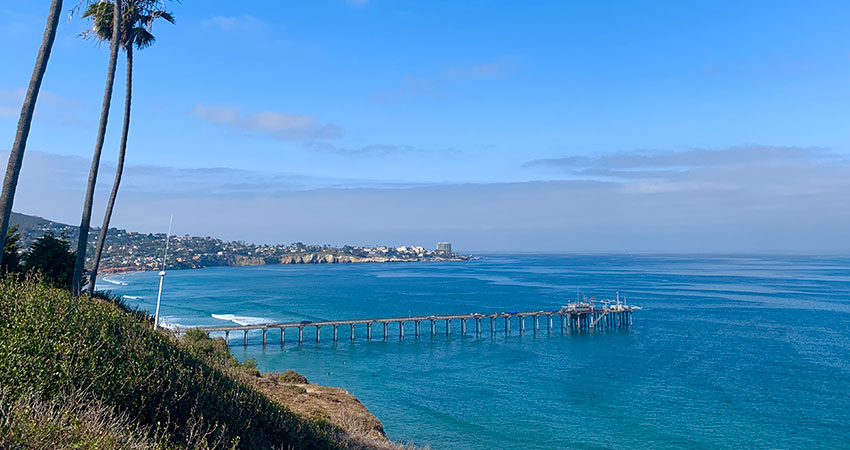Dates: July 18 & 19, 2022
Time: 10 am - 1 pm PT on both days
Place: Virtual; a link to the meeting will be sent to registrants closer to the event date.
Meeting Purpose and Objectives:
This two-day interactive workshop aims to synthesize California stakeholders’ perspectives on those critical research needs emerging from the recent discovery of the extensive scope of dumpsites of DDT and associated chemicals (DDT+) in the deep ocean waters of the San Pedro Basin. The workshop discussion will feed into the development of a California Stakeholder DDT+ Research Needs Assessment, further supported by a broadly administered stakeholder survey and synthesis of existing DDT+ assessment reports. The Stakeholder DDT+ Research Needs Assessment Report will ultimately provide a framework for future research programs investigating DDT+ impacts on California coastal living resources and the communities who utilize them.
The workshop will support four broad objectives:
- Objective 1: Convene an inclusive, collaborative discussion among Sea Grant, academic scientists, and relevant California stakeholders;
- Objective 2: Share high-level context of the history of DDT+ contamination in Southern California and its implications for human and environmental health;
- Objective 3: Synthesize those DDT+ impacts of greatest concern to diverse stakeholders, building on the groundwork of previous scientific assessments of California DDT+ research needs;
- Objective 4: Provide continued opportunities for stakeholder engagement in the development of the Needs Assessment Report.
Participation Information
Our goal is to ensure inclusive engagement of the diverse stakeholders and researchers engaged in and impacted by the California DDT+ ocean contamination issue. We welcome recommendations for partners who should be invited and engaged in this workshop. A survey to gather broader stakeholder perspectives will be administered after the workshop to create additional avenues to provide feedback.
Our workshop registration is nearing capacity. If you are interested in registering for the workshop, please email Lian Guo, lwguo@ucsd.edu.
Organizers
This workshop is jointly organized by California Sea Grant and University of Southern California Sea Grant, and funded by the National Sea Grant Office.

California Sea Grant:
Lian Guo, Research Coordinator, lwguo@ucsd.edu
Theresa Talley, Extension Director, Coastal Specialist
Shauna Oh, Director

University of Southern California Sea Grant:
Amalia Almada, Science, Research & Policy Specialist, amaliaal@usc.edu
Phyllis Grifman, Executive Director
Linda Duguay, Director
Charlotte Stevenson, Science Writer
We would like to acknowledge the critical contributions of our Advisory Committee in the development of this workshop:
- Lihini Aluwihare, Professor of Marine Chemistry and Geochemistry, Scripps Institution of Oceanography
- Allan Chartrand, Principal Environmental Scientist, Chartrand Environmental LLC
- Gabrielle Crowe, Tribal Council Leader/Environmental Educator, Gabrielino-Shoshone Nation/Ballona Wetlands Land Trust
- Michael Quill, Marine Programs Director, Los Angeles Waterkeeper
- Dave Valentine, Professor of Earth Science & Biology, University of California, Santa Barbara
- Steve Weisberg, Executive Director, Southern California Coastal Water Research Project (SCCWRP)


